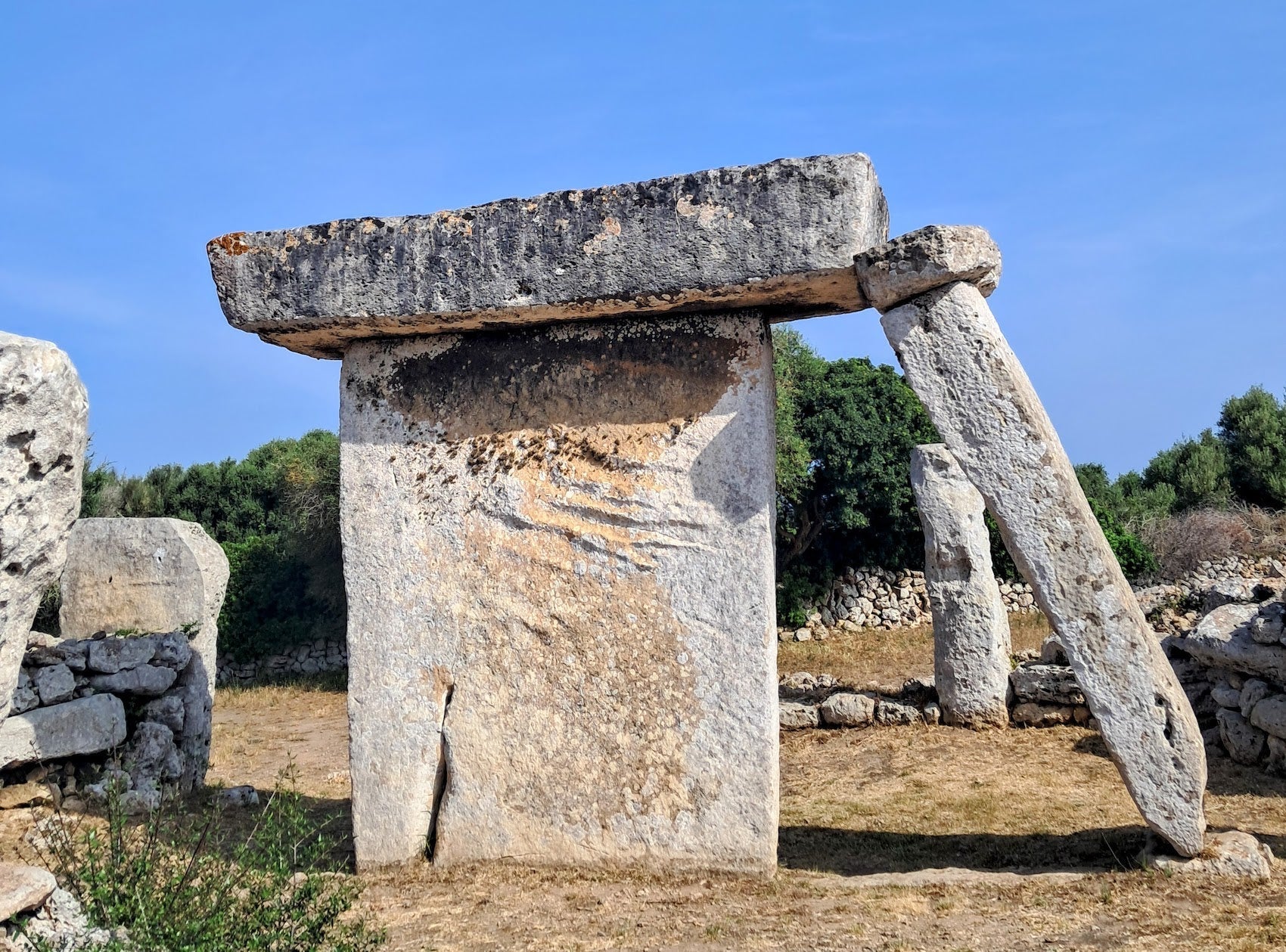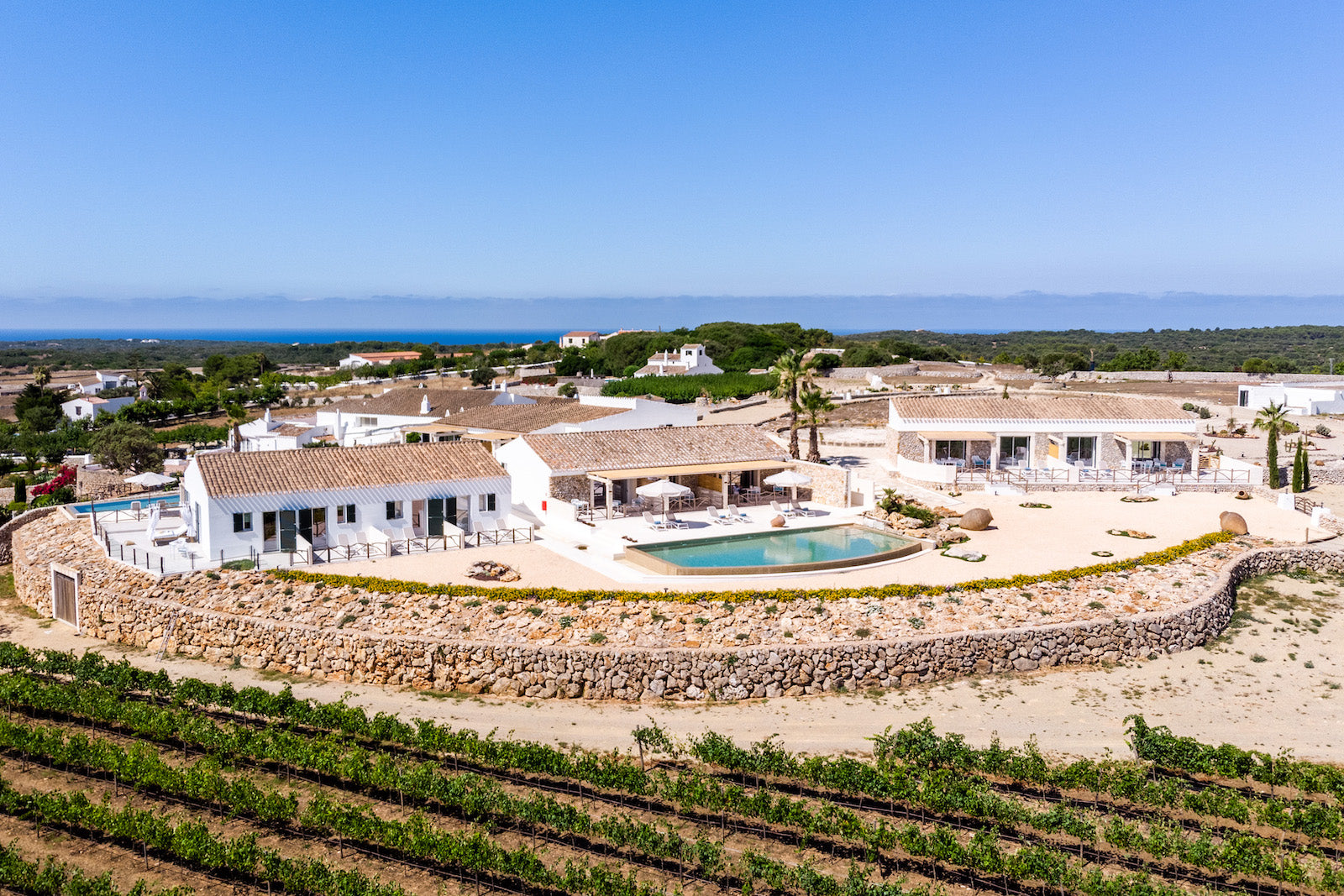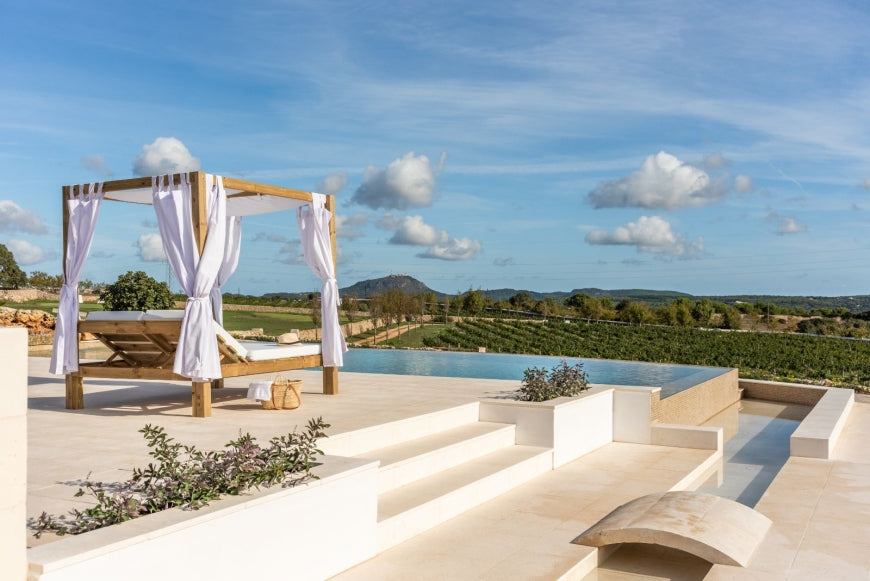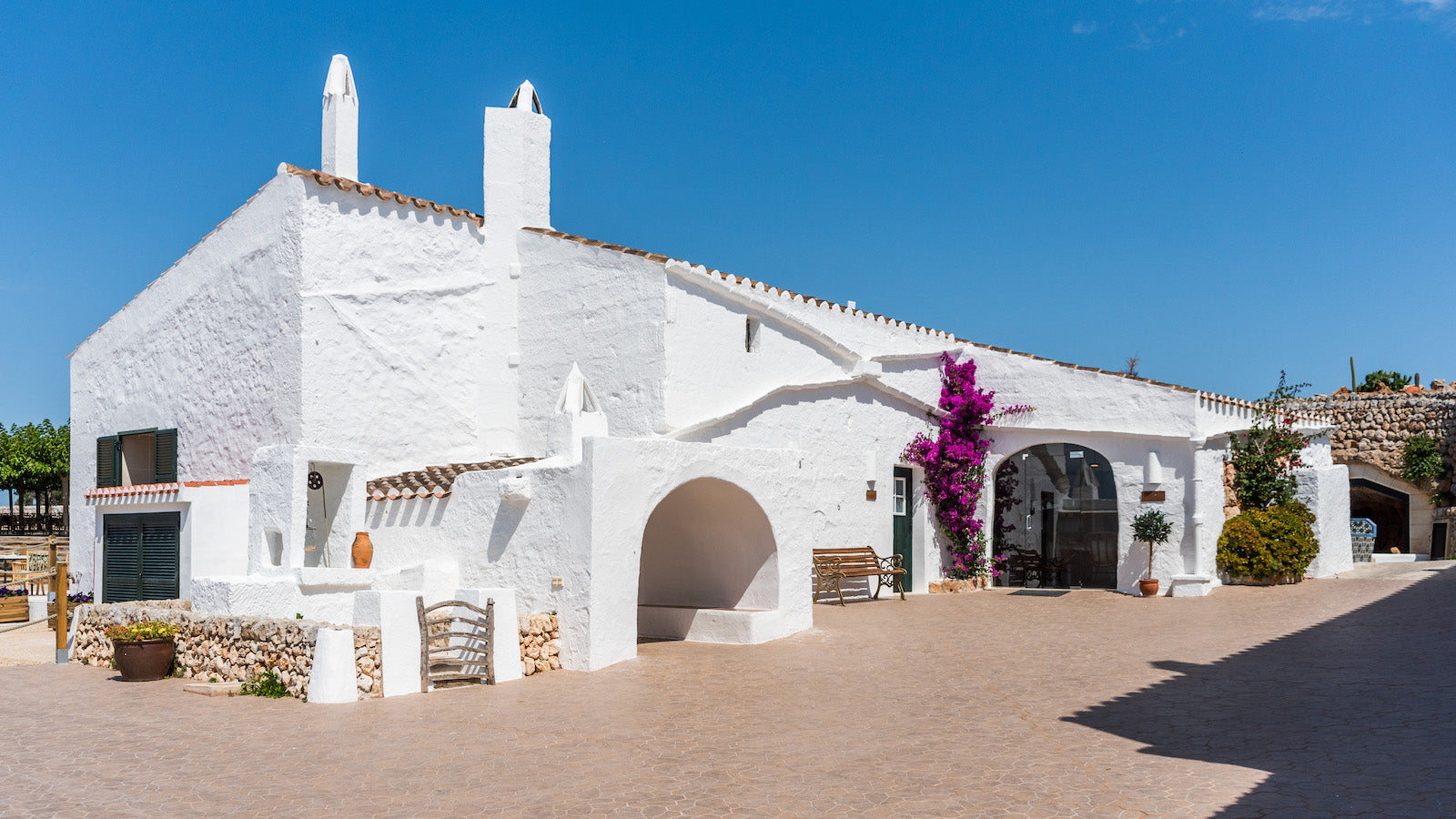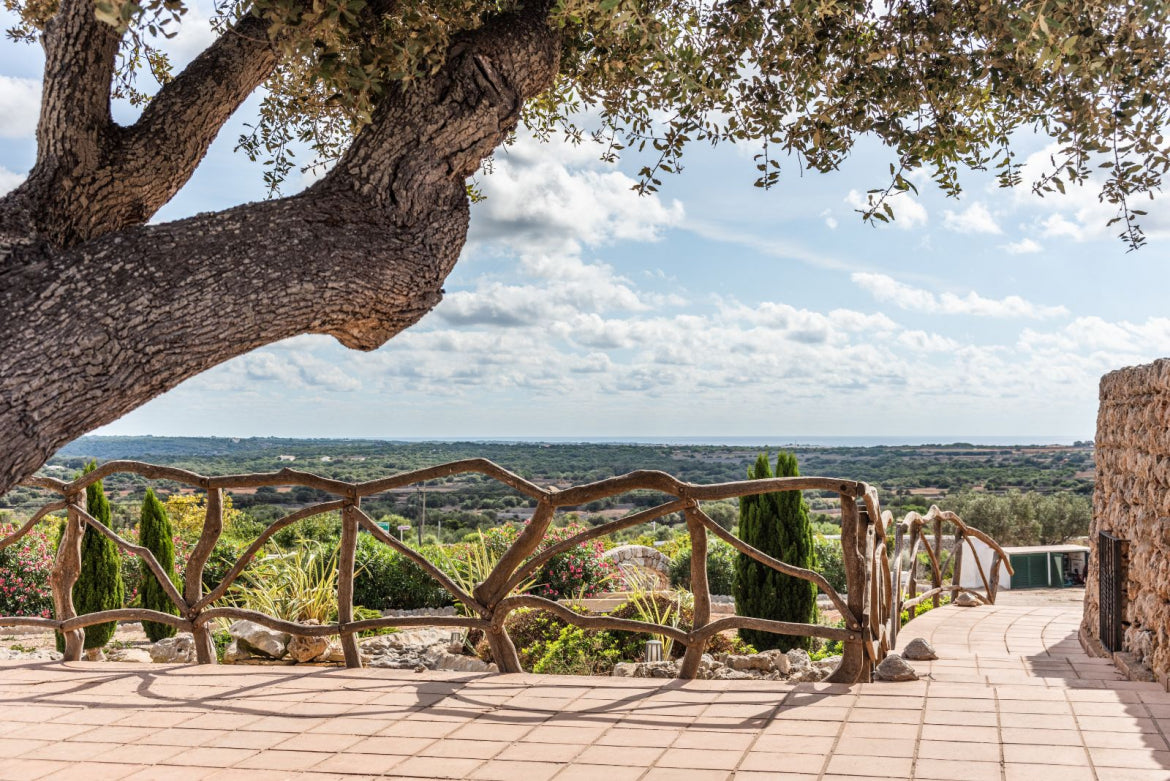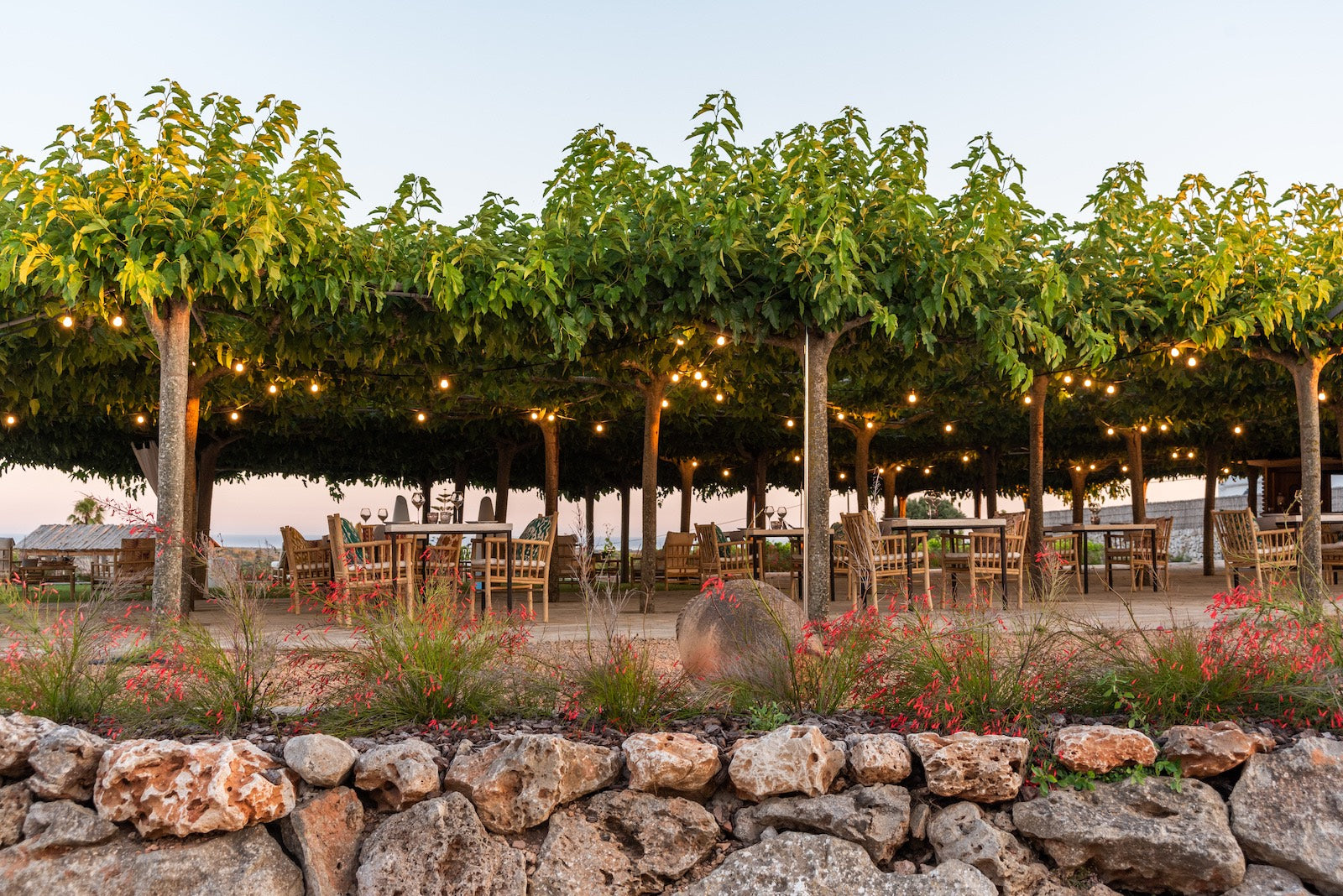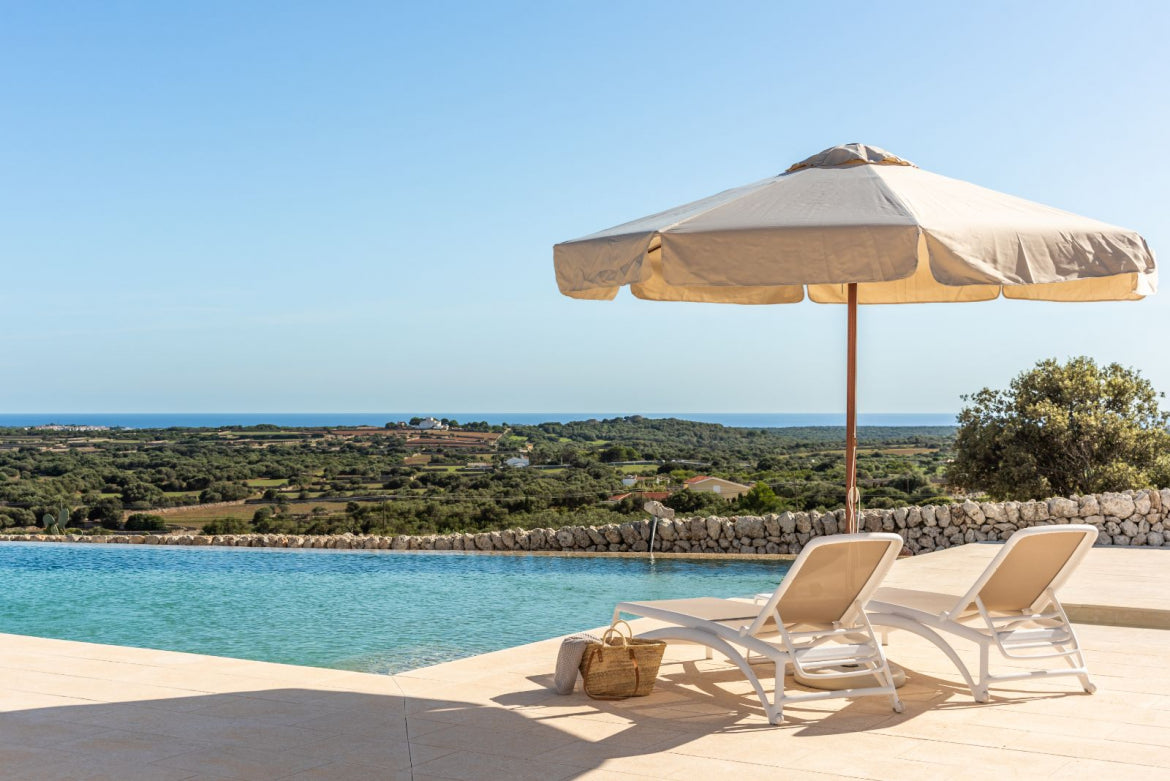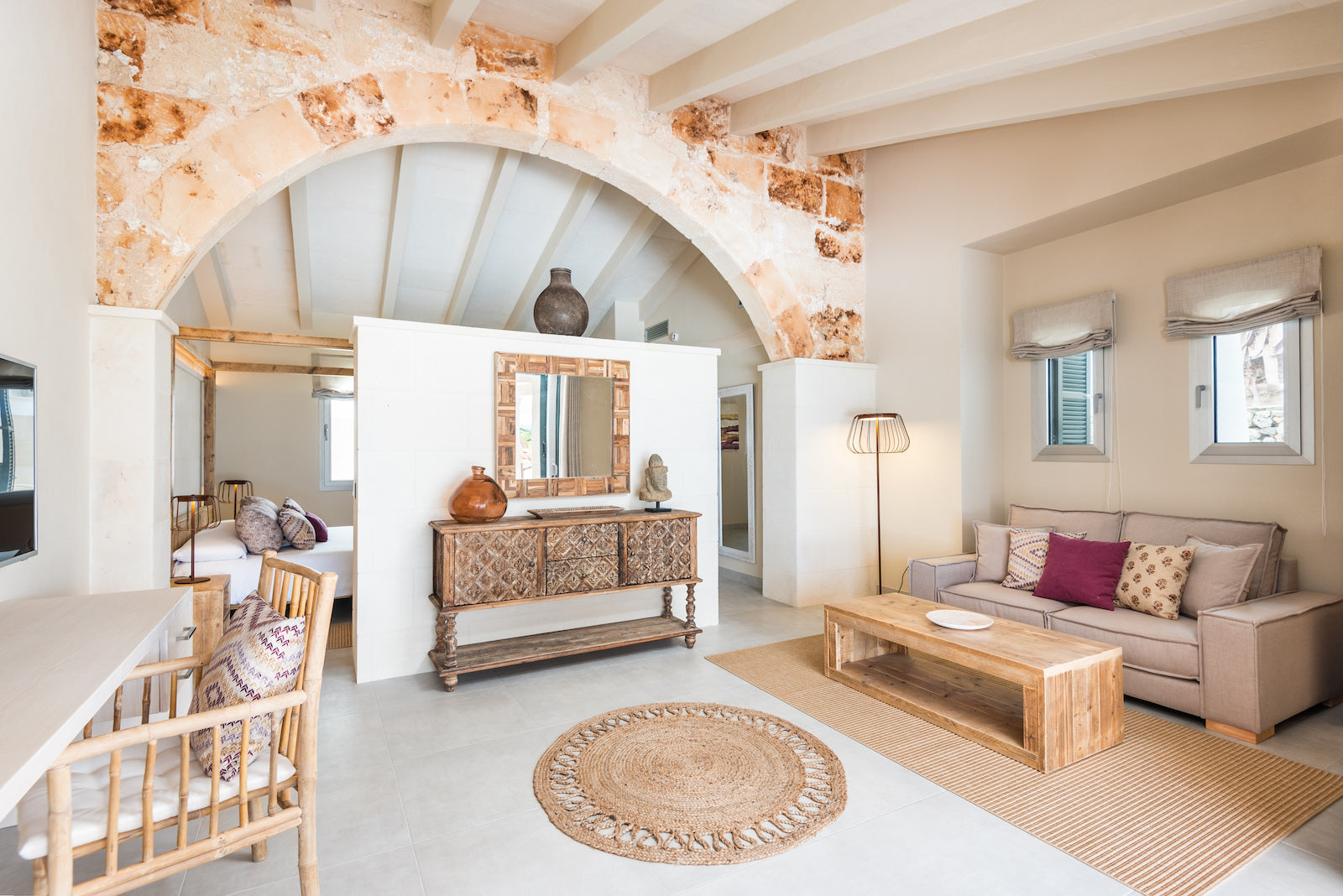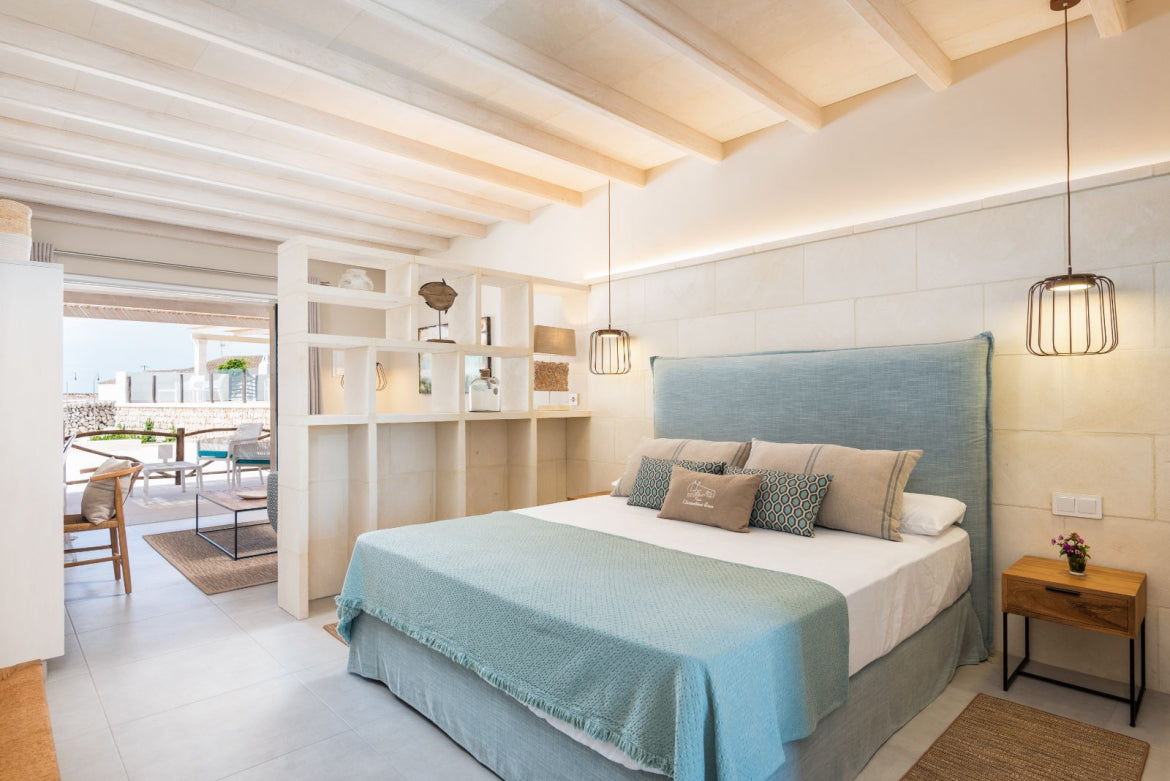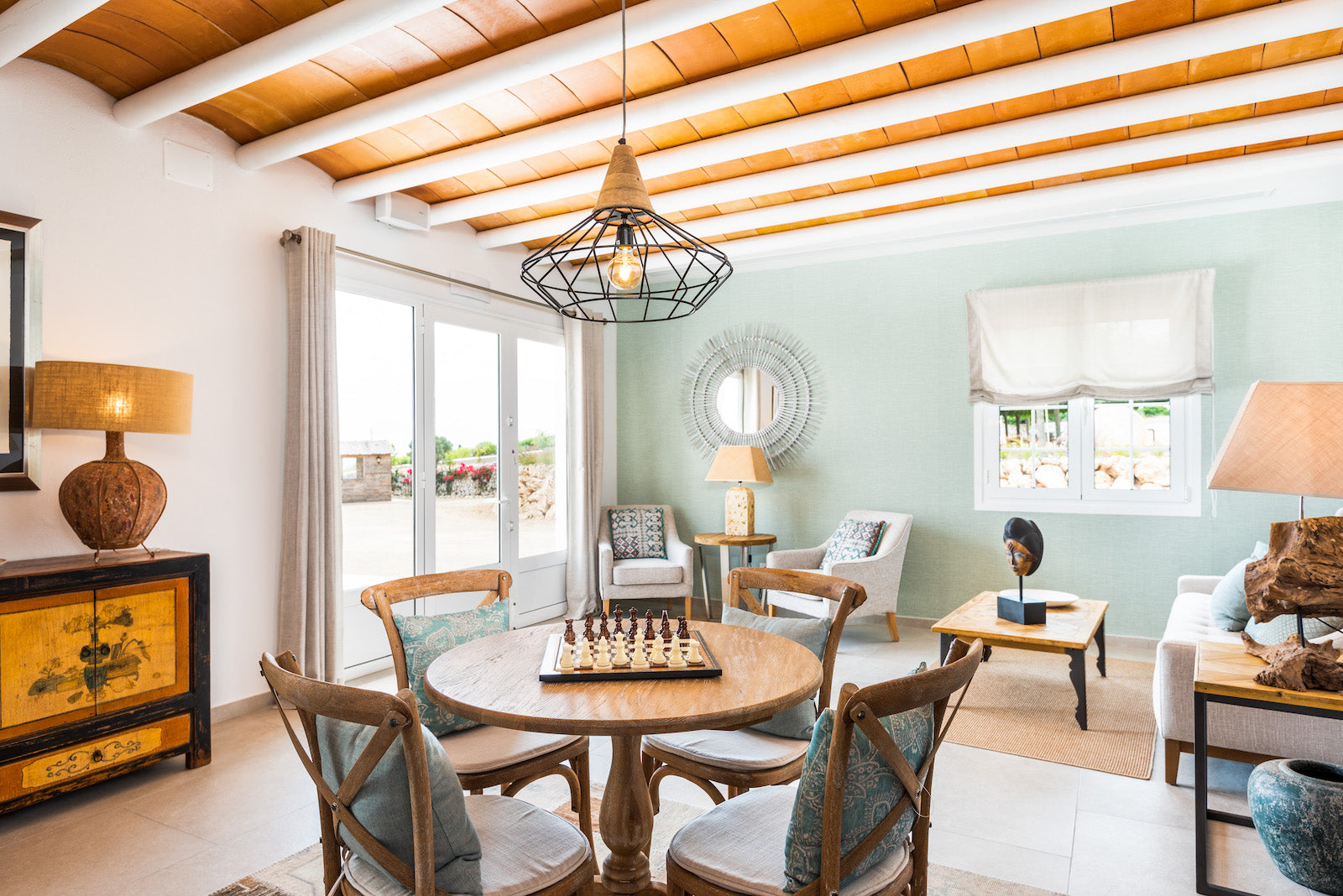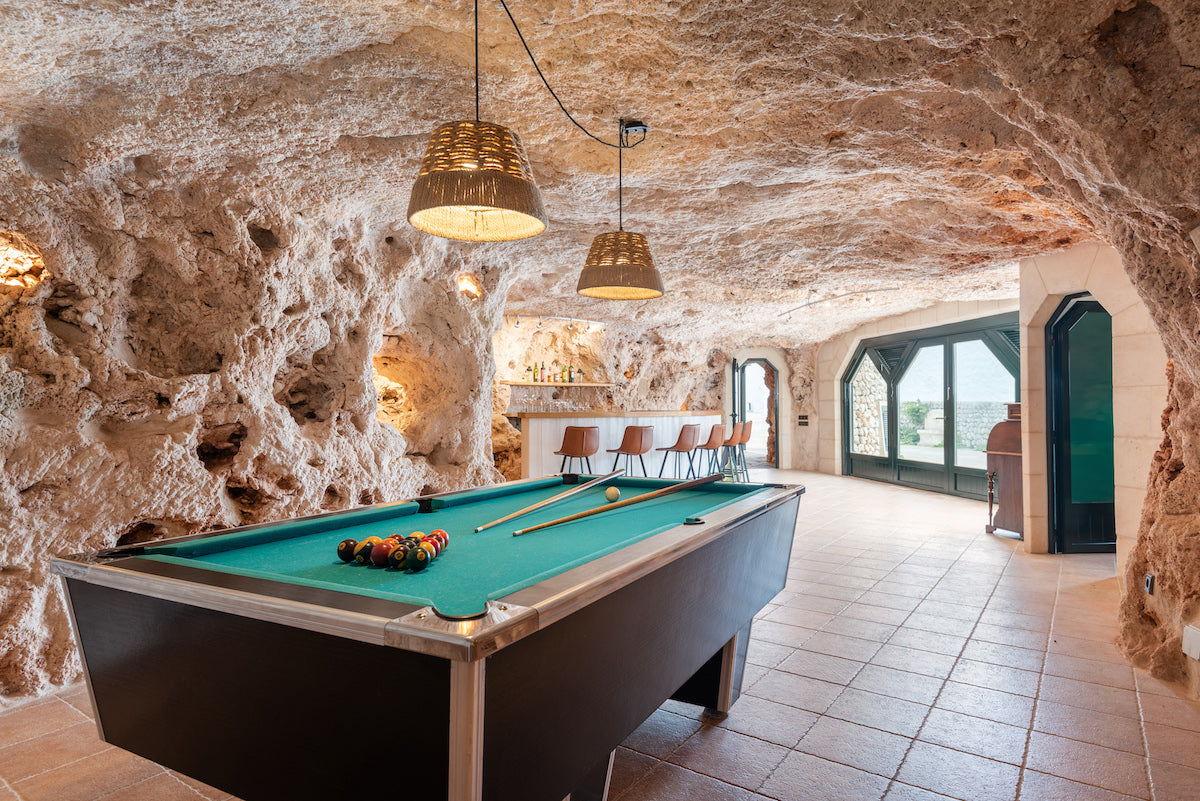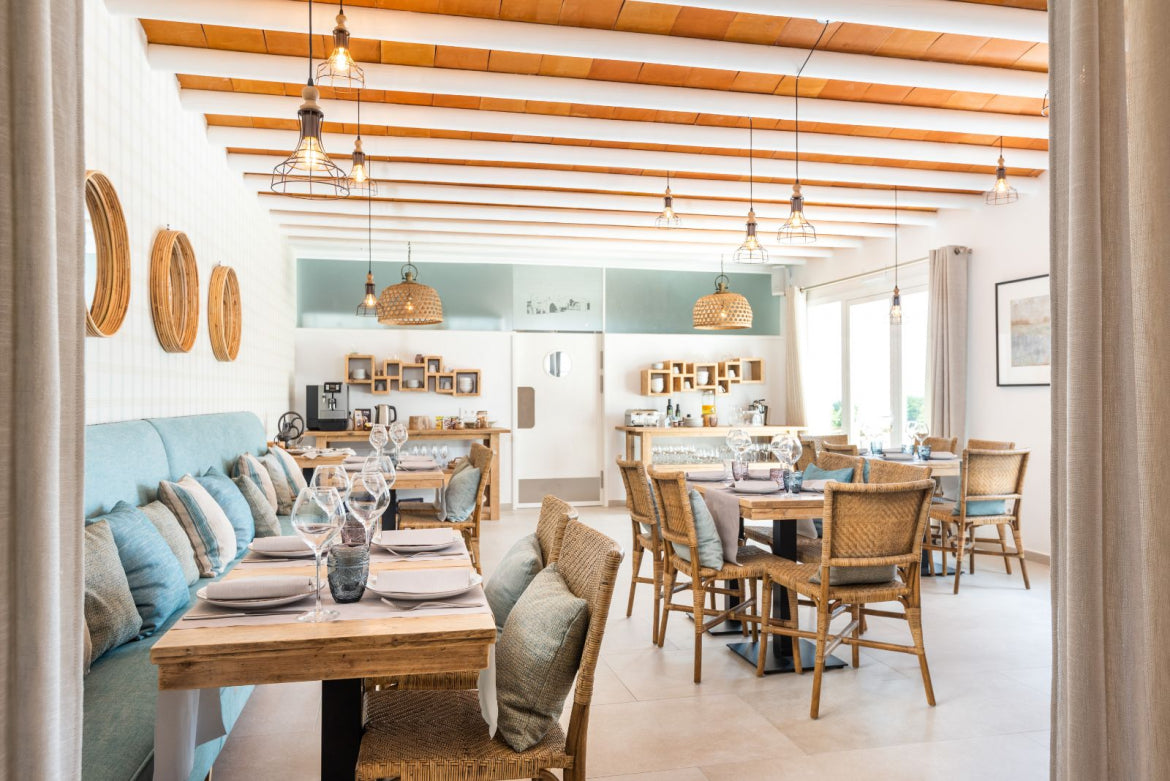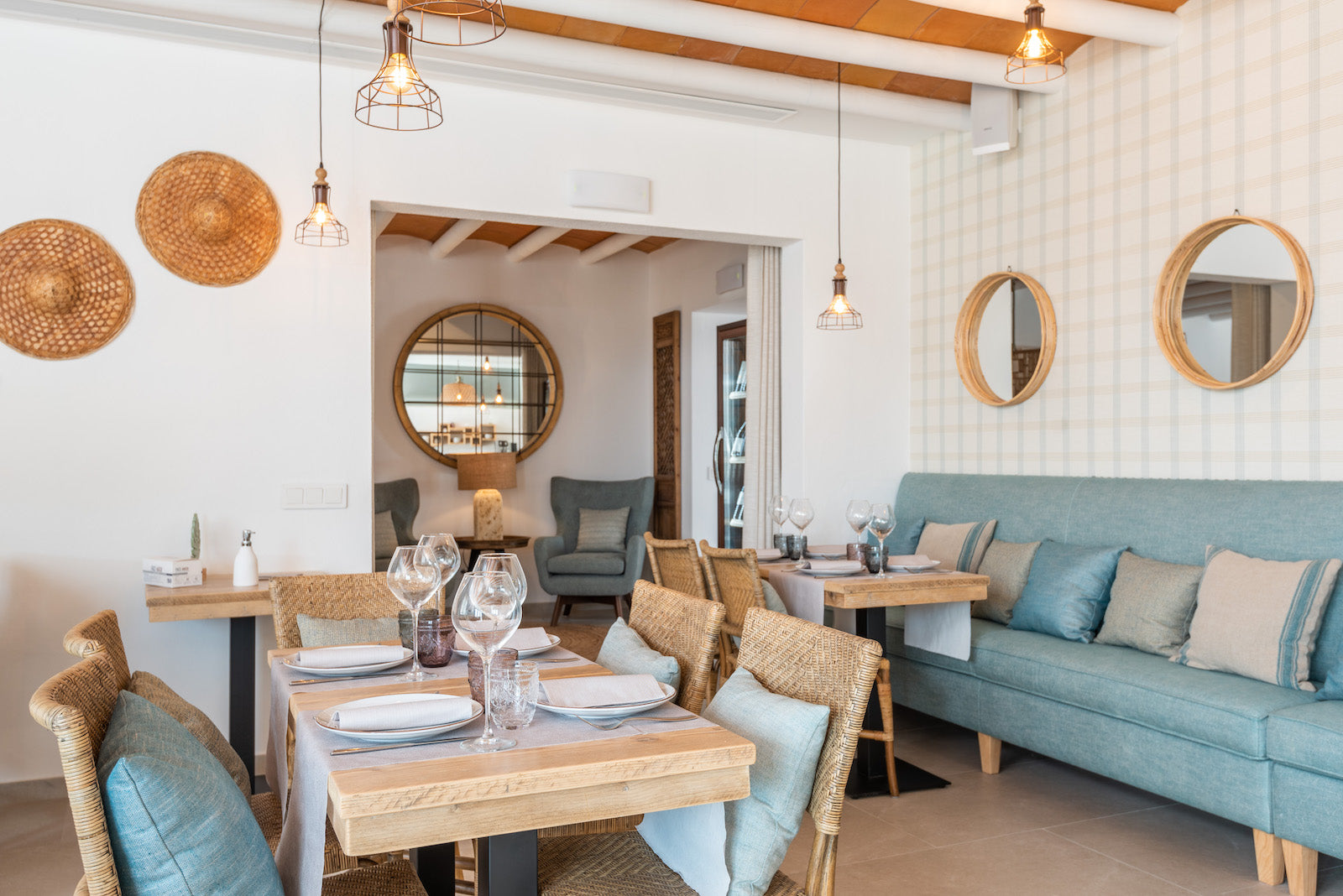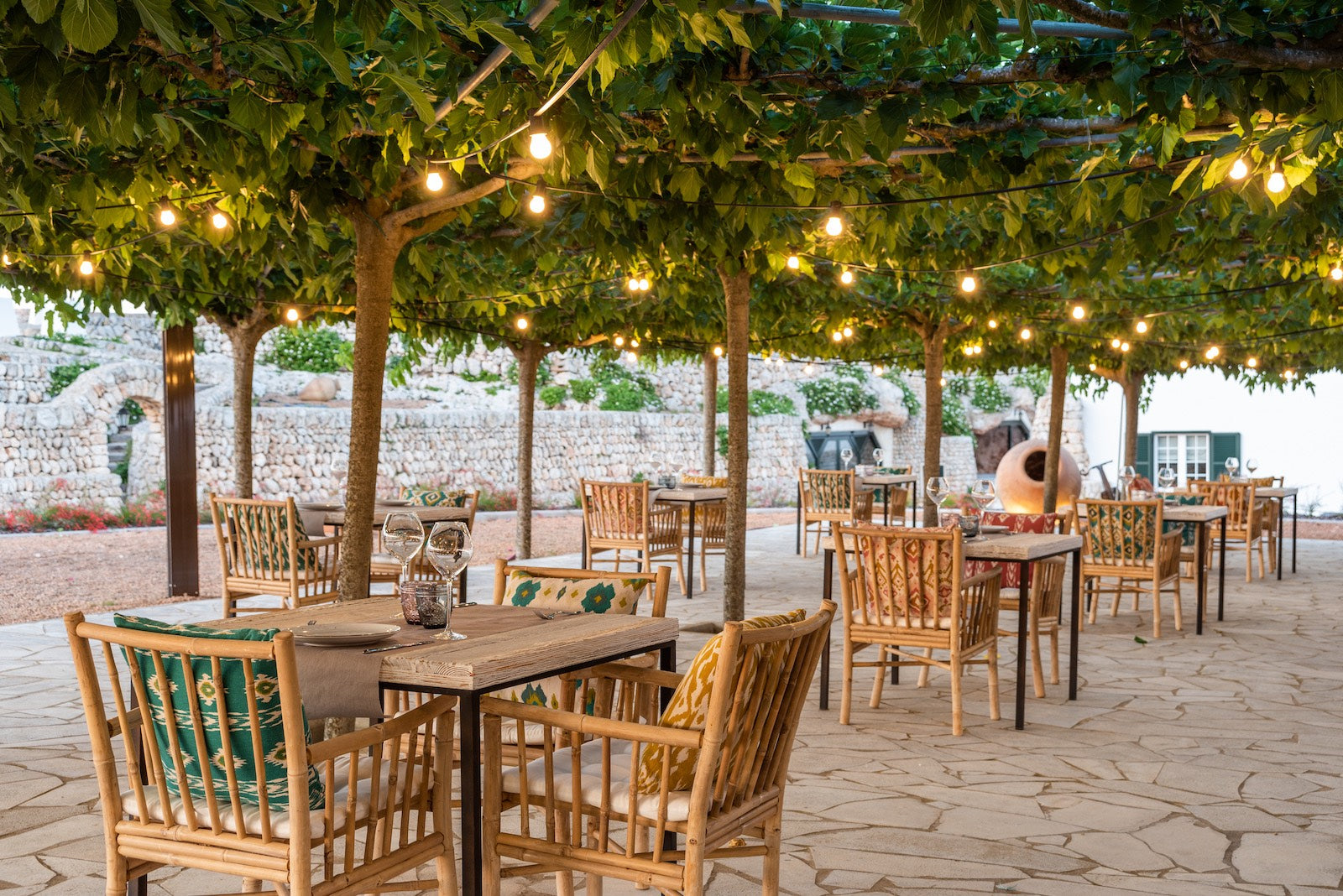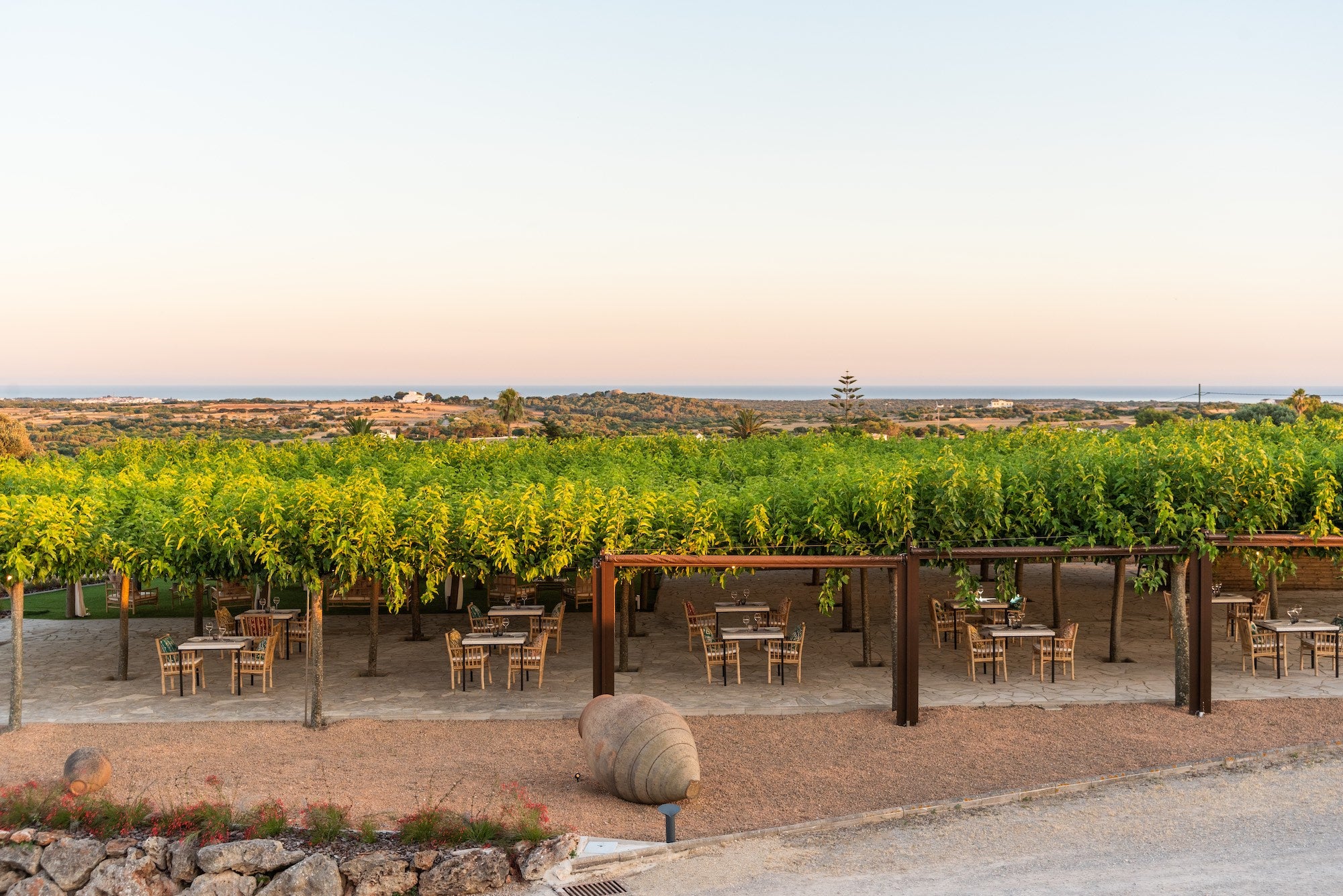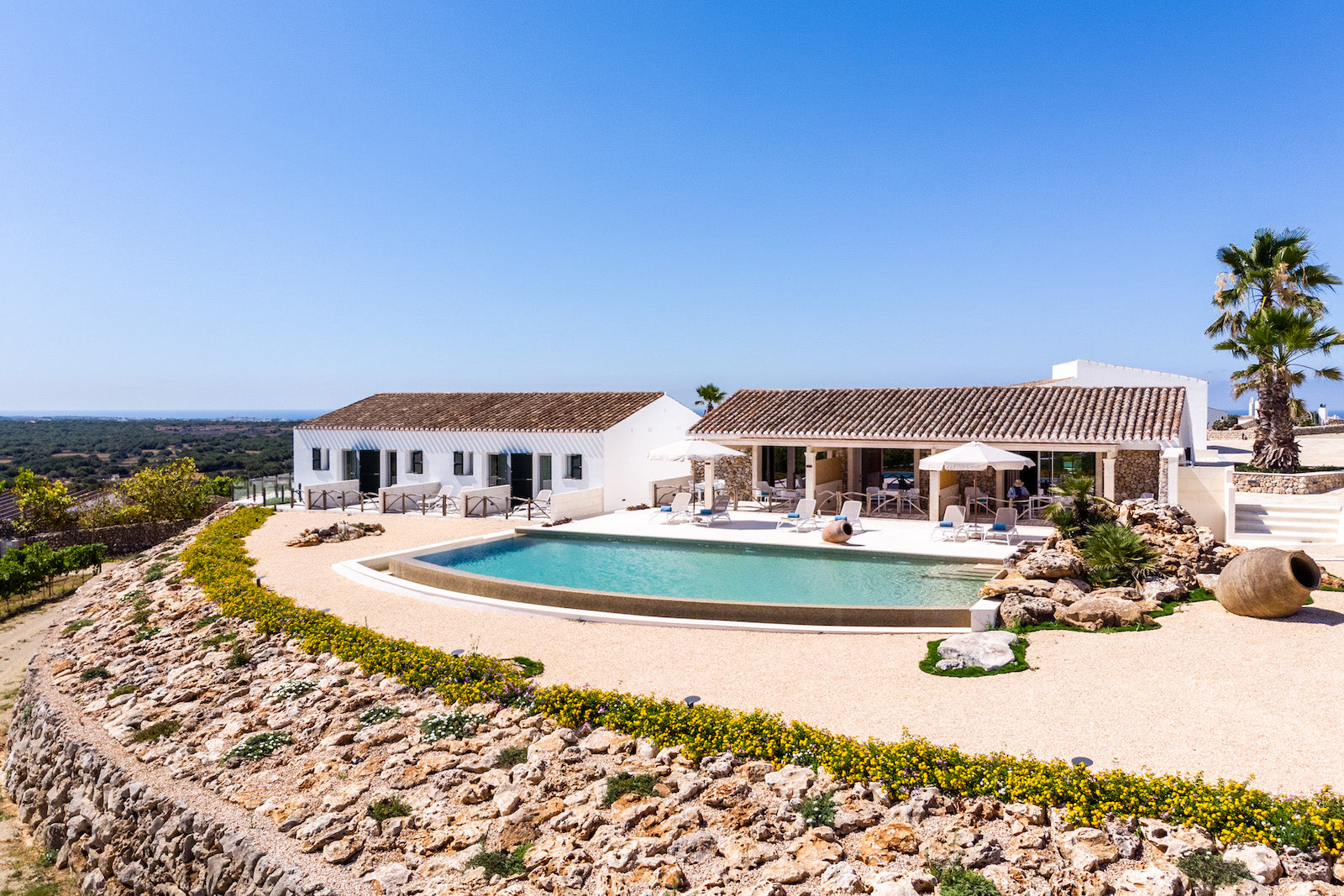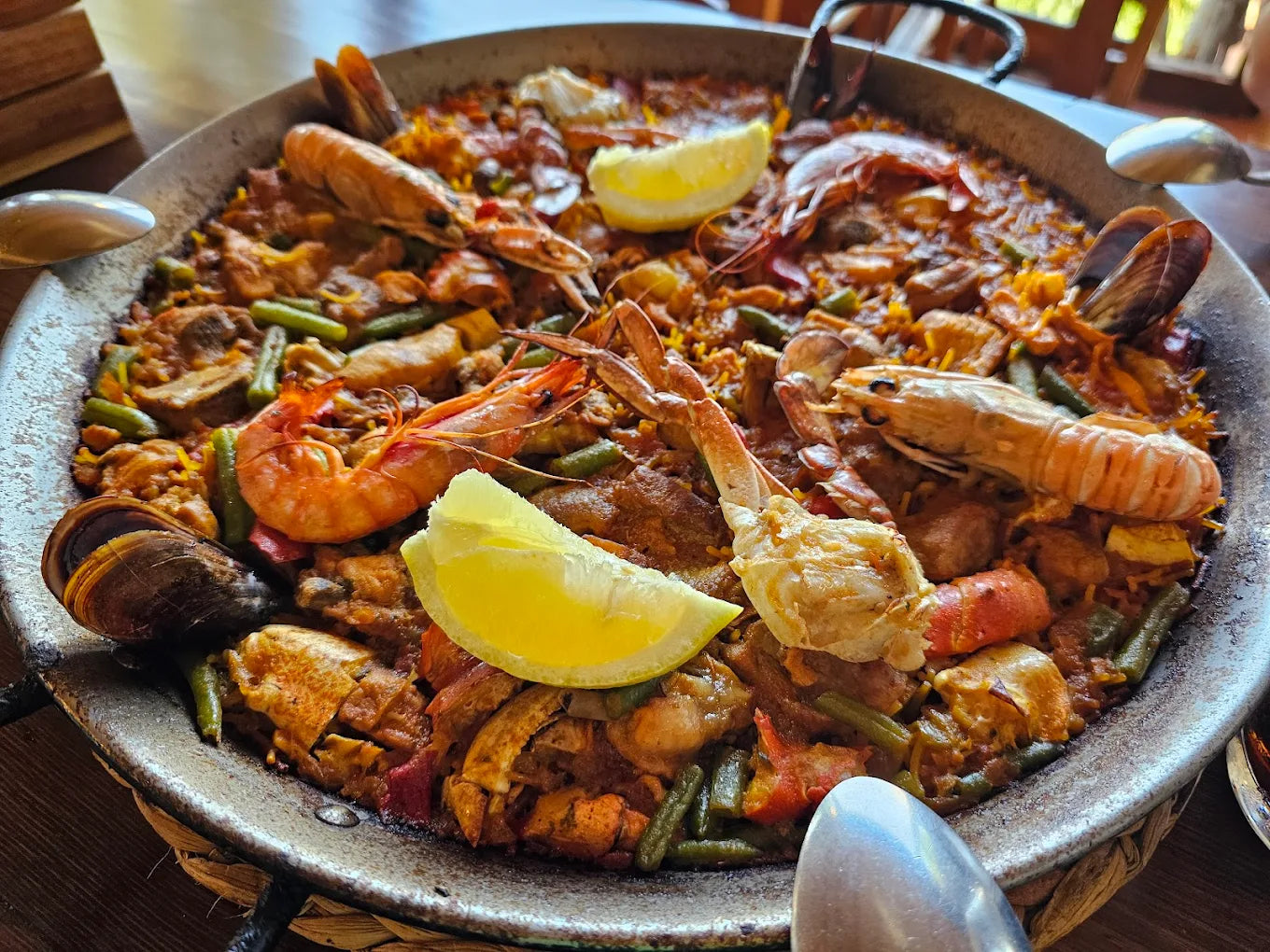Menorca is often described as an open-air museum, boasting one of the densest concentrations of prehistoric sites in the Mediterranean...
Prehistoric Menorca: A Journey Through Time
Long before Menorca became a sun-soaked haven of Mediterranean tranquility, it was home to an advanced prehistoric civilization whose legacy still shapes the island’s landscape. Menorca is often described as an open-air museum, boasting one of the densest concentrations of prehistoric sites in the Mediterranean. From mysterious taulas to ancient burial chambers, these relics offer a glimpse into a culture that predates written history and continues to fascinate archaeologists and travelers alike.
The Talayotic Civilization: Menorca’s Ancient Architects
The most striking remnants of Menorca’s prehistoric past belong to the Talayotic culture, which flourished between 1,500 and 123 BC, long before the Romans set foot on the island. This civilization built megalithic stone structures that served as homes, defense towers, and ceremonial centers. The term “Talayotic” derives from talayots: massive, round or square stone towers believed to have functioned as watchtowers or communal gathering spaces.
Among the most impressive Talayotic sites is Torre d’en Galmés, the largest prehistoric settlement in Menorca. Perched on a hill outside the village of Alaior, it offers breathtaking views of the southern coastline and contains multiple talayots, underground water cisterns, and remnants of circular stone houses.
Another key site is Talatí de Dalt, outside of Mahón and right off of the Menorca's main thoroughfare (ME-1), this lovely stop is home to one of Menorca’s best-preserved taulas—enigmatic T-shaped stone monuments thought to have served a religious or astronomical function.

Above: Torre d'en Galmés, near Son Bou beach and the village of Alaior
Taulas and Navetas: Monuments of Mystery
Menorca’s prehistoric landscape is punctuated with taulas, unique to the island and found nowhere else in the world. These structures, resembling giant stone tables, remain a mystery, though many believe they were used for ritualistic ceremonies or celestial observations.
Even older than the Talayotic culture, Menorca is home to the Naveta des Tudons, considered the oldest building in Europe still standing. Dating back over 3,000 years, this naveta (a burial chamber shaped like an upturned boat) once held the remains of over a hundred individuals, along with burial offerings such as pottery and bronze items.
Why So Many Archaeological Sites in Menorca?
Unlike many other Mediterranean sites that were repurposed or destroyed by later civilizations, Menorca’s isolation allowed its prehistoric monuments to remain largely intact and untouched. The island’s mild climate and minimal urban expansion also contributed to the preservation of these ancient relics, making it one of the most important archaeological reserves in the Mediterranean.

Above: Talatí de Dalt near Mahón
Museums and UNESCO Recognition
For those wanting a deeper understanding of Menorca’s prehistoric heritage, a visit to Museu de Menorca in Mahón is essential. The museum houses a rich collection of artifacts, from Talayotic pottery and tools to finely crafted Bronze Age jewelry. Another must-visit is the Centro de Interpretación del Parque Arqueológico de Torre d’en Galmés, which provides context to one of the most significant prehistoric settlements on the island.
Menorca’s extraordinary prehistoric sites earned it recognition as a UNESCO World Heritage Site in 2023, cementing its status as one of Europe’s most important archaeological destinations. The UNESCO designation acknowledges the outstanding universal value of the island’s megalithic monuments and the need for their continued preservation and study.
Walking Among the Ancients
To explore Menorca’s prehistoric wonders is to step into the footsteps of an ancient civilization whose stone structures have withstood the test of time. Whether you find yourself gazing up at a taula under the star-filled Menorcan sky or wandering through the ruins of a Talayotic village, the island’s prehistoric legacy remains an awe-inspiring journey into the past—one that continues to shape Menorca’s cultural identity today.
Top sites to visit:
- Torre d’en Galmés near Alaior
- Naveta des Tudons near Ciutadella
- Talatí de Dalt near Mahón
- Torralba d’en Salort in between Alaior and Cala en Porter
Contact us at go@gomenorca.com if you would like a personalised itinerary created for your trip to Menorca!


